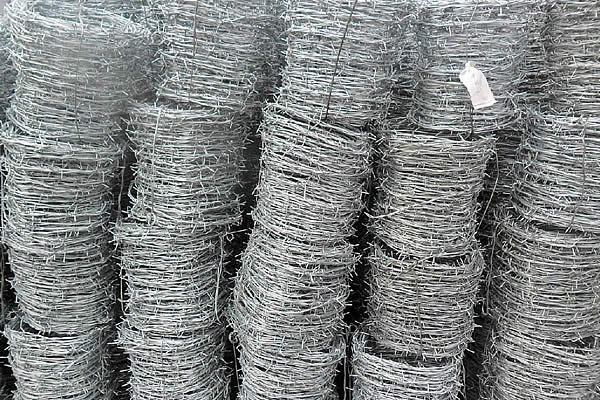Understanding the intricacies of the global iron wire market is essential for businesses and consumers aiming to make informed purchasing decisions. The price of iron wire is not only a reflection of the raw material costs but also a complex interplay of market demand, geopolitical dynamics, and technological advancements.

Market Demand and Supply Dynamics
One of the primary influencers of iron wire prices is the balance between supply and demand. As industries such as construction, automotive, and telecommunications continue to expand, the demand for iron wire rises accordingly. However, any disruption in the supply chain, such as those caused by geopolitical tensions or natural disasters, can lead to significant price fluctuations. For instance, steel production hiccups in major exporting countries often ripple internationally, affecting availability and cost.

Impact of Technological Advances
Advancements in production technology also play a crucial role in price determination. Modern methods such as automated manufacturing processes and innovations in metallurgy have significantly reduced production costs, allowing manufacturers to offer more competitive pricing. Companies investing in these technologies often gain a market advantage, thereby influencing overall pricing trends.
Geopolitical Influences
Geopolitical factors cannot be understated when analyzing the price points of iron wire. Trade policies, tariffs, and international relations, particularly those involving major producers such as China, the USA, and the European Union, can significantly impact prices. For example, recent trade disputes have led to tariffs that increase costs for importers, thus elevating the market price of iron wire in affected regions.
price of iron wire
Environmental Regulations
Stricter environmental regulations across the globe are transforming the iron wire industry. With an increasing focus on sustainability, manufacturers face pressure to adopt eco-friendly practices, which can incur additional costs. These costs are often passed down the supply chain, affecting the end price of iron wire for consumers. Sustainable production not only aligns with global environmental goals but also enhances a company’s reputation and brand value, which can justify higher price points.
Expert Projections and Trends
Industry experts project a steady growth in the iron wire market, forecasting increased demand particularly in emerging economies. As infrastructure projects surge in Asia and Africa,
the demand for iron wire is expected to rise. To navigate future markets successfully, businesses would do well to remain informed about evolving technological and regulatory landscapes that could impact production and pricing strategies.
Conclusion and Purchasing Strategies
To effectively navigate the complexities of the iron wire market, buyers should prioritize establishing reliable supplier relationships and stay abreast of market trends. Participating in industry trade shows and subscribing to metal market reports can provide invaluable insights. Additionally, considering futures contracts might offer financial hedging against unexpected price shifts, ensuring stability in procurement planning.
By understanding these dynamic factors that influence the price of iron wire, businesses can better prepare and strategize, optimizing their purchasing decisions in both the short and long term. Staying informed and adaptable is key to maintaining a competitive edge in this essential sector.
 TEL:
+86-13102802206
TEL:
+86-13102802206
 Email:
fencenetting@china.com
Email:
fencenetting@china.com
 Language
Language
 TEL:
+86-13102802206
TEL:
+86-13102802206
 Email:
fencenetting@china.com
Email:
fencenetting@china.com
 Language
Language



